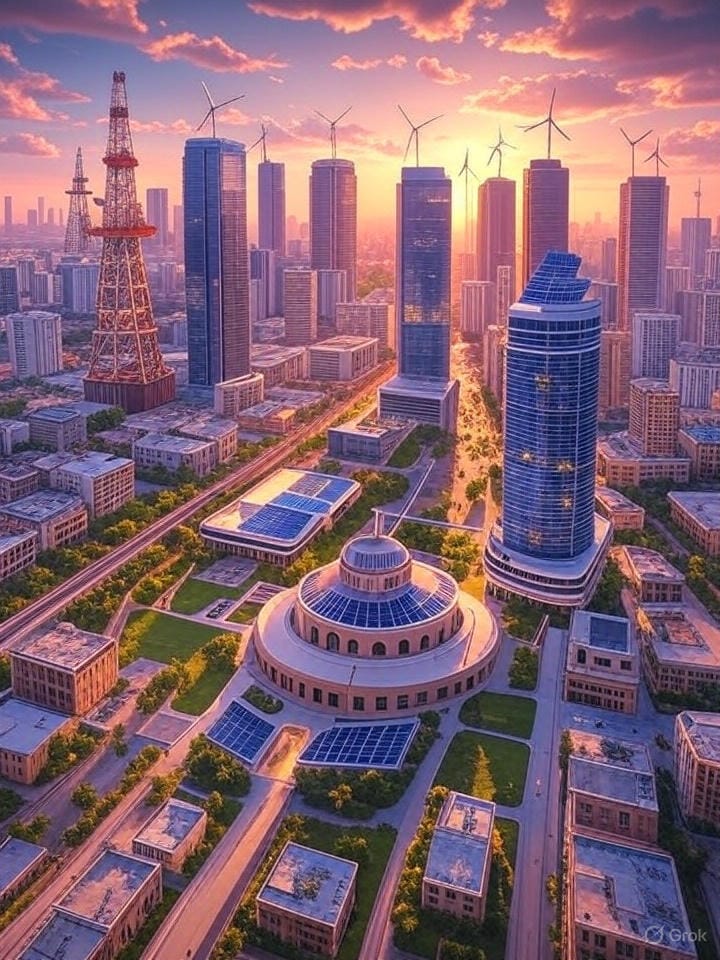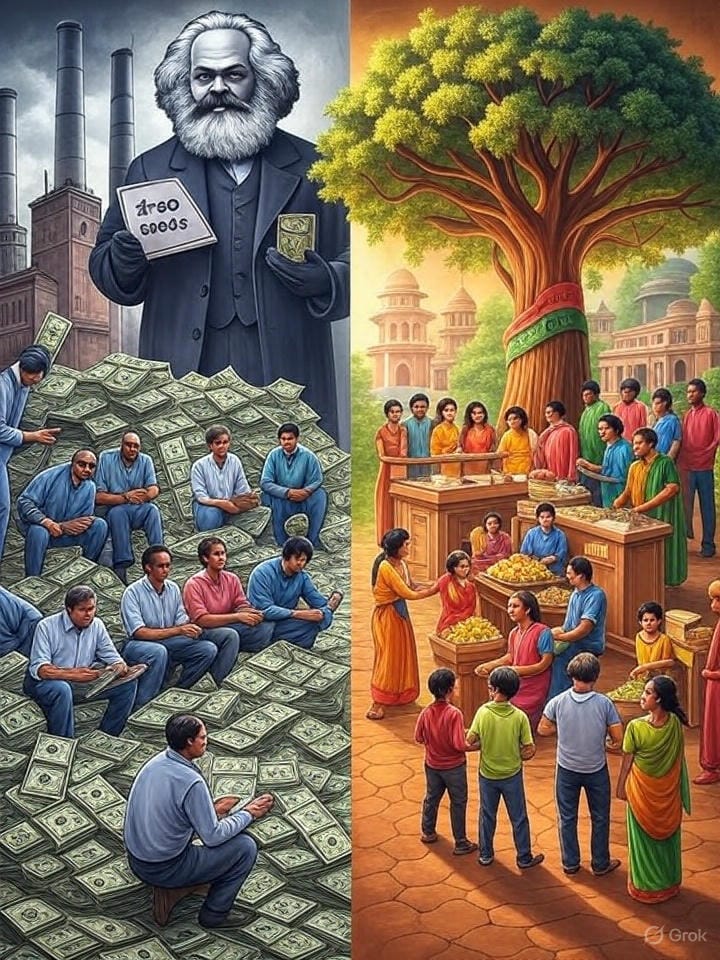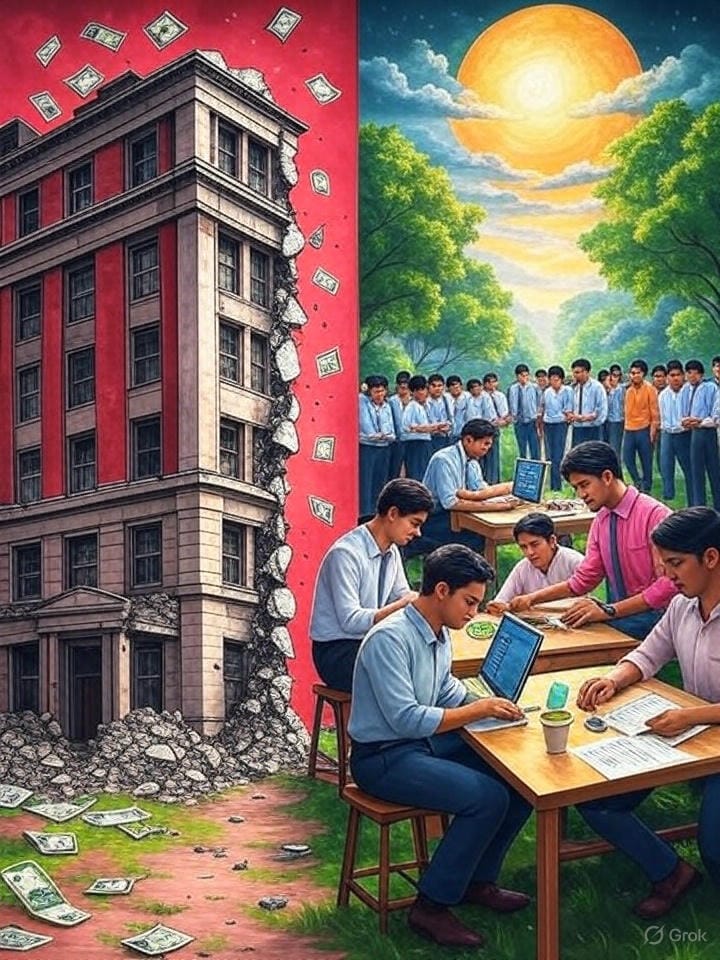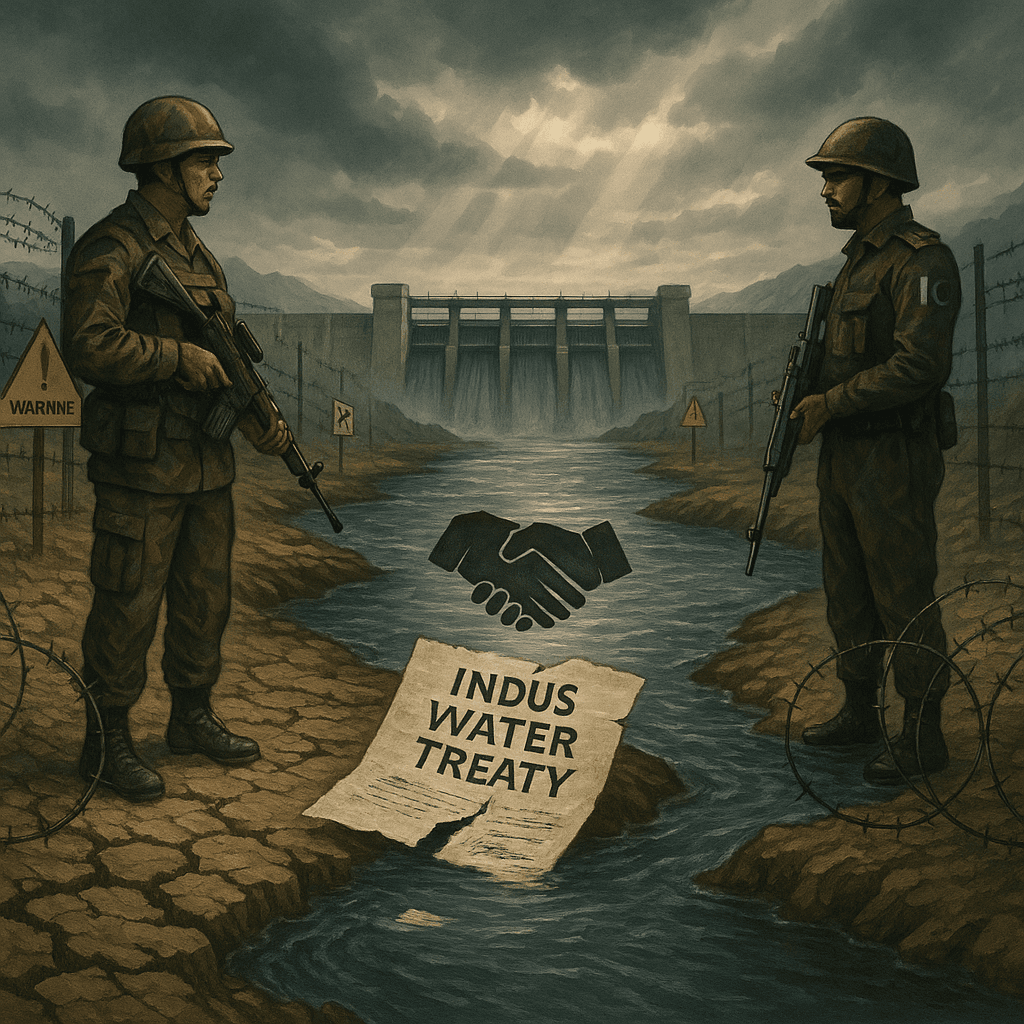The Shift from Petrodollar: Middle East’s Economic Diversification
The Finite Nature of Crude Oil The Middle East, a region long synonymous with vast oil reserves, faces a stark reality: only 30 to 35 years of crude oil stocks remain. This realization has sparked a critical shift in economic thinking among Gulf nations. For decades, these countries have relied heavily on fossil fuels, underpinned … Read more









